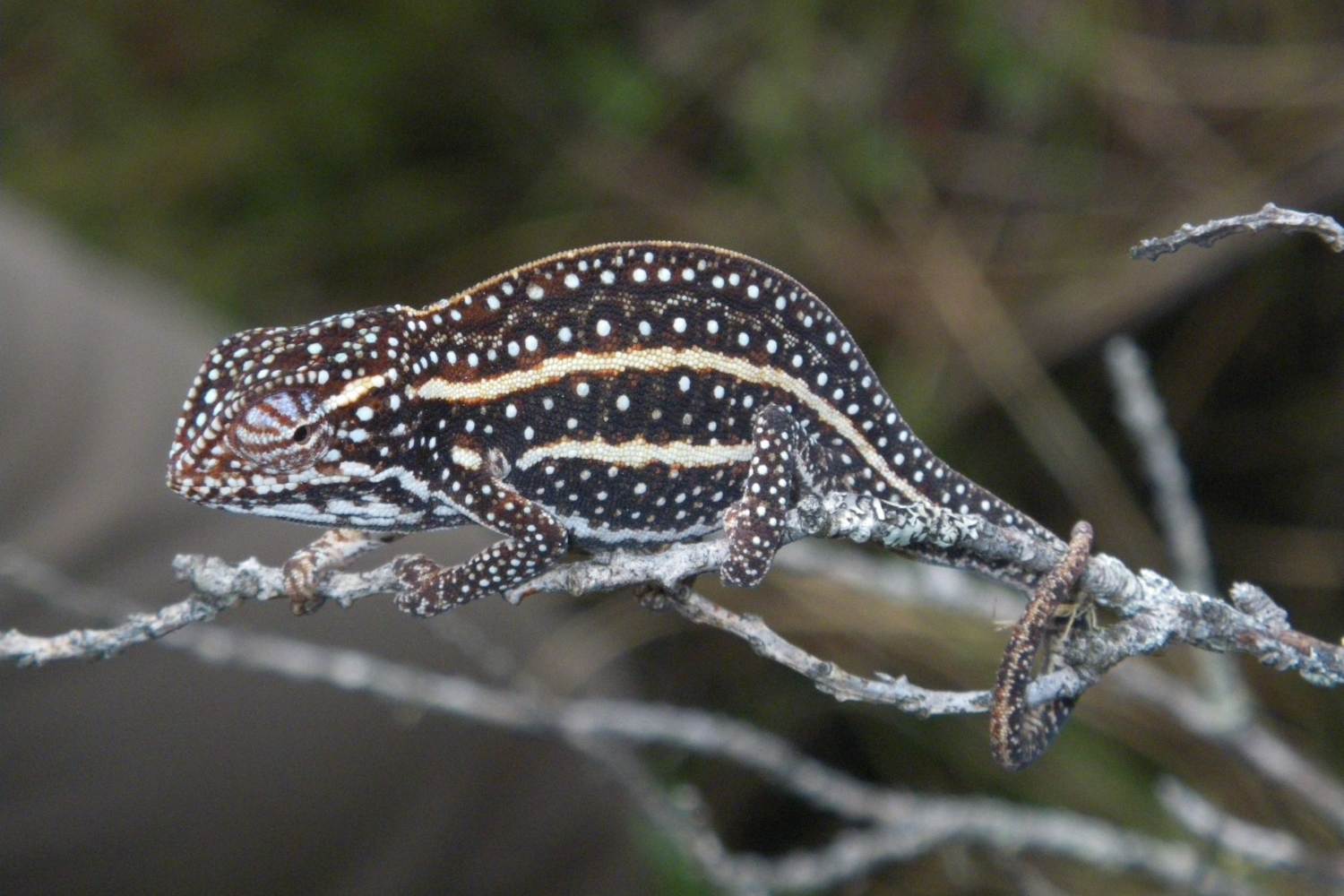Amphibians, invertebrates, plants and fungi are almost ignored by biodiversity conservation funds which are largely allocated to vertebrates.

In recent decades, the allocation of funds for biodiversity conservation has been heavily biased in favor of certain species, leaving many others—equally threatened—without adequate support. A research by the Hong Kong and Florence Universities, in the prestigious journal PNAS, analyzed over 14,500 projects funded between 1992 and 2016. The findings are alarming: a huge majority of the money has been spent on vertebrates, but many other species that are central to ecosystems have been deliberately overlooked.
“82.9% of conservation funds go to vertebrates”
According to data collected, although $1.96 trillion was used on conservation, a whopping 82.9% of it was used on vertebrates, favoring large mammals and popular animals such as elephants and sea turtles.
On the contrary, amphibians, invertebrates, fungi, and plants receive significantly less money, although they are crucial in sustaining ecological balance. Amphibians, one of the most endangered vertebrates, received less than 2% of total conservation funds. Plants and invertebrates received only 6.6% each. The situation is worse for algae and fungi, which received less than 0.2%.
Why is this happening?
This imbalance is partly due to cultural and perceptual factors. Animals that are viewed as ugly or dangerous—bats, snakes, lizards, and most insects (butterflies)—are often overlooked in budget allocations, despite the fact that they are important ecologically.
Yet, conserving some species and not others goes against the principle of conservation. As the authors of this study point out, saving an animal without saving the plants and other creatures it relies on for survival makes no sense.
A more inclusive strategy is needed
The National Biodiversity Future Center (NBFC), Italy’s inaugural biodiversity research institute, funded this study, and it indicated that there is a need for policy change in conservation. Not only should funding for conservation be increased in general, it is advisable that it is more evenly allocated, on the basis of scientific assessment and actual needs of the most threatened species. It is only through taking an inclusive approach that biodiversity can really be conserved and ecosystems as a whole be maintained.
Source: PNAS

